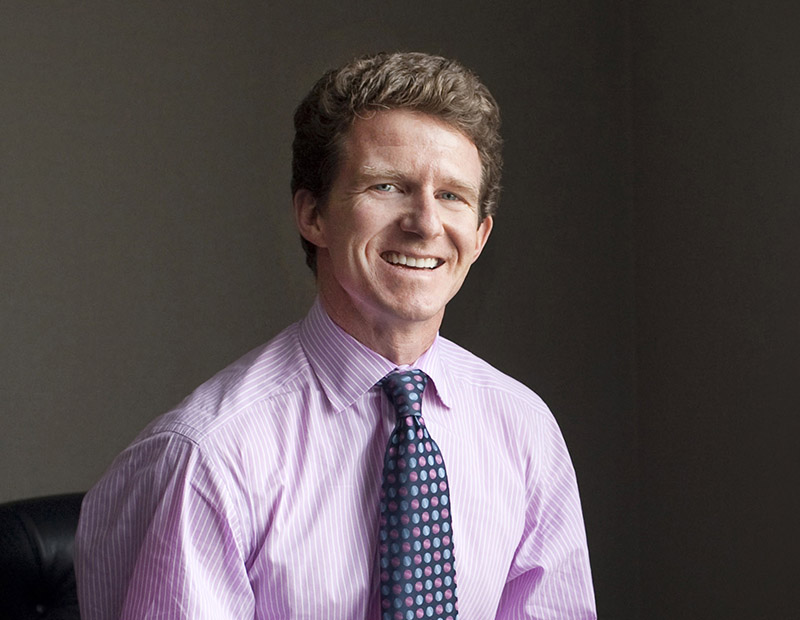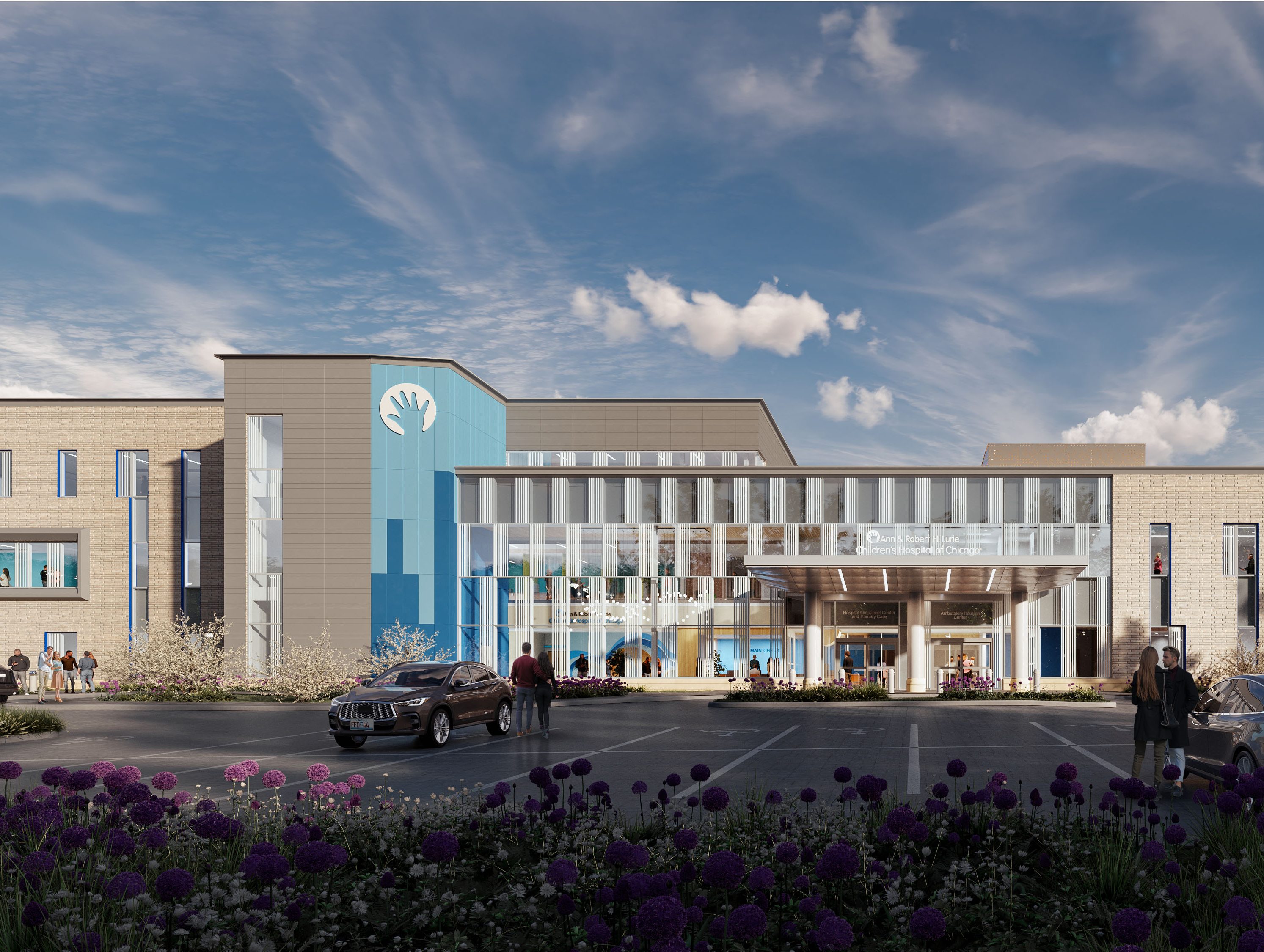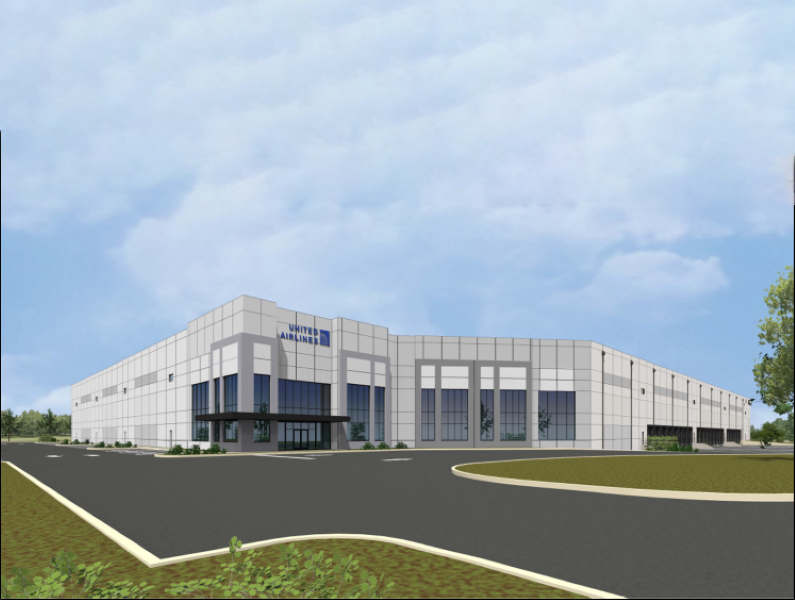Willy Walker on Q2 Results, What’s Ahead
Walker & Dunlop’s chairman & CEO talks about his wildly popular webcast and his strategy to bring in new business during a pandemic.
Walker & Dunlop’s second quarter could hardly have hit higher notes, with record revenues and loan origination volumes nearly triple last year’s, even as overall lending volumes declined.
Willy Walker, the company’s chairman & CEO, spoke with Commercial Property Executive about how his 900-person team was able to post these results in the midst of economic, political and social upheaval and how his highly popular series, the Walker Webcast, is adding rocket fuel to his new business pipeline.
(The interview was conducted in early August and was edited for length and clarity.)
What drove Walker & Dunlop’s stellar performance in the second quarter?
Walker: We have been hiring and retaining the very best bankers and brokers in the industry. And so, without having those people on the front lines to be able to answer the phone in this virtual environment, we wouldn’t have been as successful in the second quarter.
The first component is that we have a team that was at the very top of lead table as it relates to Fannie, Freddie and the Department of Housing and Urban Development pre-crisis, and without that team and without those bankers and brokers out there, we wouldn’t have been able to do the business.
READ ALSO: Walker & Dunlop Expands With Purchase of NYC Firm
For component two, starting about four years ago, we began investing in data analytics to build up a database that shows us all commercial real estate debt outstanding in the U.S. that every borrower has. That database is not complete to the extreme that we know every piece of debt in every single asset class with every single borrower. But we have great visibility today into the debt holdings of all major users of debt capital in the commercial real estate space.
For the last two years, we have been meeting with clients across the country to create both existing relationships to talk debt that we can put on their books, as well as new relationships. Over 90 percent of our lending during the second quarter was on new loans or new borrowers. That data analytics and insight we had into our clients transformed our ability to capture new business, and it all came together in the second quarter.
What drove all of this new business?
Walker: The new clients come from two things: That data analytics, as well as from the Walker Webcast. So, part three of how we got to record earnings for the quarter was the Walker Webcast and the eyeballs that that has brought.
What’s your secret sauce to building a better CRE webcast?
Walker: The secret sauce is twofold. Few or none of our competitors have been able to pull the kind of guests that we’ve been able because of my personal relationships with these people, such as Barry Sternlicht, Mary Callahan Erdoes, and Wayne Frederick, the president of Howard University. This coming week (Aug. 12) I’ve got Bobby Turner of Turner Impact with NBA all-star Chris Paul—an NBA all-star talking to a commercial real estate audience about building community, racial justice and commercial real estate development in the U.S.
We have 5,000 people tuning in to one webcast. The conversation with Barry Sternlicht got 25,000 views, which was before he raised his $8 billion opportunity fund and everyone would love to know where Barry’s going to go invest that.
That has extended the eyeballs and the relevance of Walker & Dunlop in the market to a degree that we never ever could have predicted. And behind that there’s a whole new digital media strategy as it relates to following up with people who come into the webcast, finding out if they want to work with us.
What do you anticipate for the second half of the year?
Walker: Our outlook for the third quarter is very strong. We have extremely good pipelines with Fannie, Freddie and HUD—on which we will remain a market leader—and those pipelines are as strong as we’ve ever seen them.
On the investment sales side, which is only multifamily, we currently have $1.3 billion in properties under contract to close during the third and fourth quarters. We only did $460 million in the second quarter, so going from that to already only a month into the third and having $1.3 billion under contract is a dramatic shift. We see the market continuing to heal. So, we feel very good about volumes on the investment side for multifamily coming back and feel very lucky that we only focus on multifamily investment sales and that I don’t have a retail investment sales team, or one in hospitality or office, waiting around for those markets to come back because my sense is that absolutely nothing is transacting other than pure distress, particularly in hospitality and retail, right now.
READ ALSO: Pandemic Hastens Preexisting Retail Reality
Closing off one quick thing as it relates to the third quarter: Our debt brokerage business on both multifamily and other asset classes was down 24 percent in the second quarter when compared to the same quarter last year, and we are seeing that pipeline come back. Also, the team that we brought on from JLL in New York City—the Aaron Appel team—that joined us in the first quarter, did 24 percent of the second-quarter debt brokerage business. The fact that they came on and are based in New York, which was the eye of the storm in the second quarter, and were still almost 25 percent of our total debt brokerage business for the quarter, we feel really good about hiring that team. And we feel good about capital coming back to that business in the second half of 2020.
What are you seeing in terms of distress?
Walker: Our forbearance numbers have been de minimis in our multifamily space, well less than 1 percent.
The forbearance requests in our servicing portfolio on retail, hospitality and office are dramatically higher than in multifamily. But we don’t have a dollar of risk on any of those loans. So, while north of 70 percent of the hospitality loans in our servicing portfolio have come in asking for forbearance, Walker & Dunlop is just an intermediary there.
Walker & Dunlop has a longstanding commitment to diversity and inclusion. Can you talk about why diversity is important in CRE?
Walker: Commercial real estate is all about community. It’s building communities where we shop. It’s building communities where we work and where we live. So, creating communities is at the core of what commercial real estate is all about and if we cannot be a more diverse industry as it relates to the makeup of the men and women who work in this industry, we are failing our core mission, which is to create communities and to be inclusive.
READ ALSO: Real Estate Has a Diversity Problem
We have been a major sponsor of all sorts of things, such as Management Leadership for Tomorrow, Year Up, Project Destined, Future Housing Leaders. I have spent a lot of time with the leaders of those programs, helping them build those platforms to help make them relevant.
We have done a lot as it relates to recruiting from historically Black colleges and we have very explicit environmental, social and governance goals for a five-year plan that include some very innovative and ambitious goals on diversity and inclusion. One of the final things I am working on with our compensation committee right now is tying the success or achievement of those ESG goals, which include very ambitious diversity and inclusion goals, into long-term executive compensation. It’s not only putting real metrics around it but putting in real compensation.








You must be logged in to post a comment.